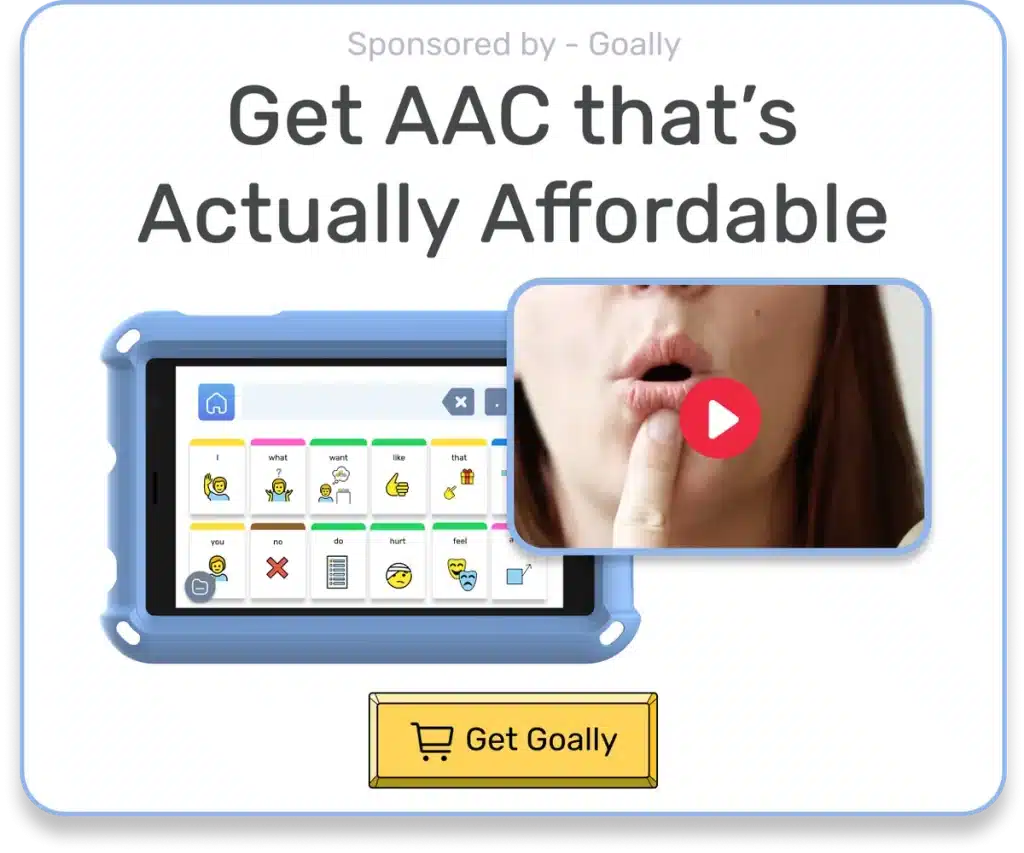On average, children start to say their first words between the ages of 7-12 months, but children with autism might find it harder to learn to communicate as early. Every child is unique, so there isn’t one specific reason for non-speaking autism. However, depending on genetic and environmental factors, having a diagnosis for your child is the first step to getting them the support they need. Thankfully, a whole world of resources can help your little one speak. So, keep reading to learn about activities and apps that can make a massive difference to your child’s communication and development hurdles.
Table of Contents
What Causes Non-Speaking Autism in Kids?
As already mentioned, non-speaking autism causes are not exact, and every child will experience different difficulties when trying to communicate. Research suggests that pragmatic language problems are common in autistic children. Mostly, non-speaking autism is when children use few words or find it hard to speak to others. However, this doesn’t mean that they are less intelligent or unable. They have unique ways of expressing themselves that look different, and it can take them longer to learn to communicate.
Goally | Visual Scheduler for Autism
Does your child struggle with getting ready in the morning independently? Goally’s routine app on the best tablet for kids breaks down large tasks into small, achievable steps for autistic kids. Create custom routines with your own videos & pictures for every step.
What Are the Signs of Nonverbal Autism in Kids?
The most frequent signs that your child is struggling to communicate are as follows:
- Not reacting to a conversation and their name
- Using only a few words when speaking
- Avoiding eye contact when speaking
- Only using sounds to communicate
- Struggling to learn words
Read more: The Best Toys for Nonverbal Autism by Age Group
Suppose you feel concerned that your child is not grasping language or is having difficulty speaking. In that case, it’s a good idea to take them to a medical professional. They can assess your child and give you the best non-speaking autism treatment. These early signs of not responding to speech and lacking interest in talking are common with children on the spectrum.
Therefore, a medical professional can give your little one a diagnosis so you can find support for nonverbal autism. Now that we’ve covered the question “what causes non-speaking autism?” we can move on to what resources you can use to encourage your child to communicate with you.

How to Communicate with Non-Speaking Kids
Often, children with autism are misunderstood as they might not communicate like their peers, but they have unique ways of telling you how they feel or what they want. As a parent, it’s about being open and allowing them to let you into their inner world. That’s where augmentative and alternative communication (AAC) can help. AAC is a term professionals use to describe how we communicate alongside spoken words or instead of spoken words. We all use these different supplements or alternatives when we share.
Still, we don’t usually refer to them as AAC unless they are used by an individual experiencing limitations in spoken language. There are many different types of AAC, like sign language or tech-assisted speech devices – all of which are excellent ways to communicate with your non-speaking child.
Communicate With Kids Using Cue Cards
Another form of AAC is using visual tools. Visual tools are one of the best ways to encourage and support your child with communication. You can start by using simple flashcards with a range of emotions. When you want to know how they’re feeling, you can point to the flashcard and wait for them to respond. Eventually, they’ll be able to pick the card and show it to you. If you’re interested in this form of communication, try it out with our free visual cue cards for nonspeaking autism. We designed them specifically for parents of nonverbal autistic children, but any non-speaking person can use them.

Autism is Complex, But You Know Your Kid
The answer to the question “what causes non-speaking autism?” is complex. It will look different for every child with autism. For some, it means they learn to speak later than others. For other children, it means they might not communicate in traditional ways. Ultimately, it’s crucial that you make communication fun and engaging. Even if you have to dance around together or play with toys, these moments are valuable to their development and will help them grow. The resources mentioned in this article are a good starting point to support your little one with communication. And if you do decide to try an AAC device or app, download Goally today, and let us know what you think in the comments below.

Goally | Apps that Teach Kids AAC & Core Words
Is your child facing challenges in expressing themselves or communicating effectively? Goally has one of the best language language learning apps for kids to support their journey in building essential communication skills!

The Word Lab and AAC Talker apps provide a simple, engaging platform for your child to learn core words and become a functional communicator right from the start. Customize the experience with a voice that suits them, and watch as their confidence grows in expressing their thoughts and needs!
Wrapping It Up
In closing, navigating non-speaking autism can feel like a challenging journey, but remember that each child has their unique voice, even if it doesn’t always manifest as spoken words. Embrace their distinct communication methods, from AAC techniques to visual cue cards, and enjoy the valuable bonding moments during this process. This path isn’t about fixing a problem, but rather understanding, supporting, and empowering your child to express themselves in their own way. While the causes and experiences of non-speaking autism vary, one constant is the parental love, resilience, and adaptability making a profound difference. Keep learning, keep trying, and remember, you’re not alone in this journey.
FAQs About Non-Speaking Autism
What is non-speaking autism? Non-speaking autism refers to those on the autism spectrum who have difficulties or choose not to use spoken language for communication.
What causes non-speaking autism in children? The causes of non-speaking autism are varied and individualized, often involving a complex interplay of genetic and environmental factors.
What are the common signs of non-speaking autism in kids? Common signs include not reacting to their name, using few words, avoiding eye contact during communication, relying on sounds instead of words, and struggling to learn new words.
How can I communicate with my non-speaking child? Communication can be facilitated through various techniques like Augmentative and Alternative Communication (AAC), which can include sign language, tech-assisted speech devices, or visual tools like cue cards.
What is Augmentative and Alternative Communication (AAC)? AAC encompasses methods of communication that supplement or replace speech or writing for individuals with impairments in spoken or written language.
This post was originally published on September 30, 2022. It was updated on June 26, 2023.

Goally
We help parents teach their kids life skills, like doing bedtime and morning independently. Backed by science, we incorporate evidence-based practices and expert-informed designs in all of our apps and content.







